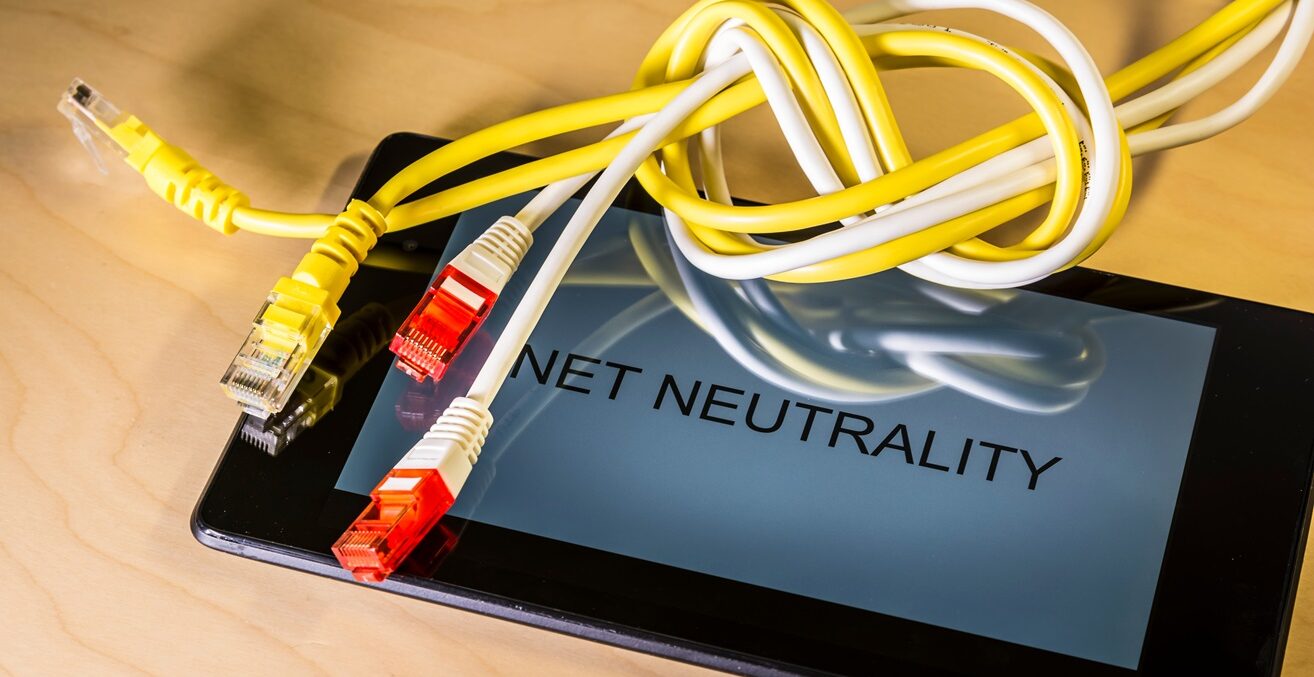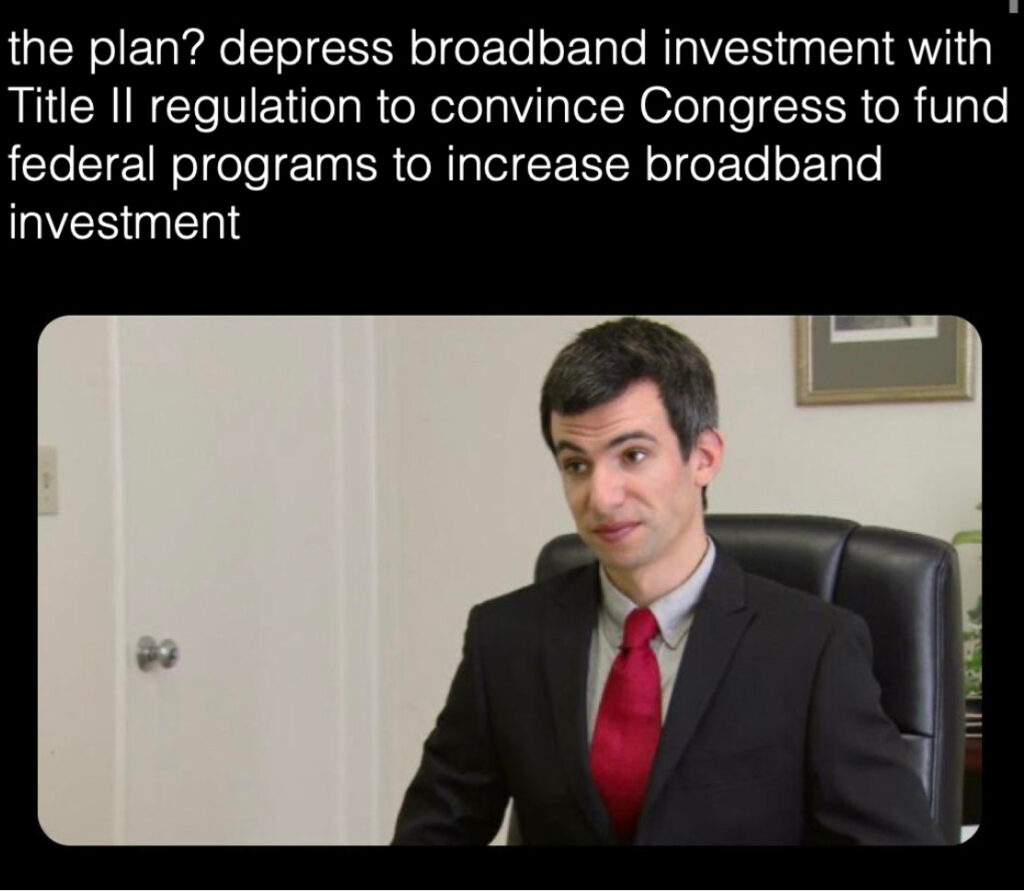
It happens at just about every hootenanny. There’s always at least one song that clears the dance floor. Some tunes, people just won’t dance to. But with a little remixing and a better tempo, even a dirge can be danceable.
For years, the Federal Communications Commission (FCC) has refused to dance to the tune of research that suggests Title II regulation depresses broadband investment. But a recently published paper changes the tune so much that the FCC can’t—or at least shouldn’t—ignore the vibe.
As the commission considers bringing back Obama-era net-neutrality rules, it should carefully consider the effect those rules will have on future broadband investment. Recent statistical research indicates net-neutrality rules are associated with a significant decrease in new fiber-optic broadband deployment. This is in stark contrast to the FCC’s conclusions in its current notice of proposed rulemaking (NPRM).
In 2015, the FCC’s Open Internet Order (OIO) reclassified broadband as a Title II telecommunications service subject to utility-style common-carrier regulation. The Trump-era FCC’s Restoring Internet Freedom (RIF) Order repealed the reclassification in December 2017, returning to a Title I information-service classification. Now President Joe Biden’s FCC intends to bring back Title II with the Safeguarding and Securing the Open Internet Order.
In repealing the net-neutrality rules in late 2017, the FCC concluded that Title II regulations were associated with decreased broadband investment:
[R]eclassification of broadband Internet access service from Title II to Title I is likely to increase ISP investment and output. The studies in the record that control the most carefully for other factors that may affect investment (the Ford study and the Hazlett & Wright study) support this conclusion. Consequently, we disagree with commenters who assert that Title II has increased or had no effect on ISP investment, given the failure of other studies to account for complexity of corporate decision-making and the macroeconomic effects that can play a role in investment cycles.
The latest NPRM argues that the FCC’s conclusion in the RIF Order was “unsubstantiated” and that it is “unlikely that changes in investment shortly following the adoption of each Order were actually related to the effects of each Order.” In addition, the commission now argues that, because it received “conflicting viewpoints” regarding Title II classification’s effects on investment, no one can “quantify with any reasonable degree of accuracy how either a Title I or a Title II approach may affect future investment.”

Instead, the FCC tentatively concludes that observed changes in internet service providers’ (ISPs) investments after the reclassification orders were adopted were more likely related to factors like economic conditions, technological changes, and general business decisions, rather than whether the ISPs were classified under Title I or Title II.
Recent peer-reviewed econometric research from economist Wolfgang Briglauer and his co-authors—published in the European Journal of Law and Economics—addresses many of the NPRM’s objections to prior research. Their statistical analysis indicates that net-neutrality rules do, in fact, slow broadband investment, as measured by the number of fiber connections deployed.
The study analyzed 2000-2021 data across OECD countries. Thus, it includes both 2015’s imposition of Title II regulations in the United States and the 2017 repeal. It found that introducing net-neutrality rules was associated with a 22-25% decrease in fiber investments.
Briglauer’s study isolated the impact of net neutrality from other factors that might have affected investment, such as general economic conditions. It focused on new fiber connections as representing growth in network capacity, rather than short-term fluctuations in spending. Even controlling for other variables, net neutrality had an independent negative relationship with fiber deployments.
Proponents of Title II regulation could plausibly argue that the effect of Title II regulations on investment are no big deal, because any decrease in investment incentives can be offset by increased federal funding for broadband buildout, such as the Broadband, Equity, Access, and Deployment Program (BEAD), the Middle Mile Infrastructure Grant Program, the Tribal Broadband Connectivity Program, and the ReConnect Loan and Grant Program.
But if Briglauer’s research is accurate, there may not be sufficient federal resources—or congressional appetite—to make up for the deficit in private investments—especially when that deficit was caused by federal regulations.
Rather than resuscitate Title II and wait for the “told you so” moment when broadband investment declines, the FCC and Congress should allow and encourage market competition and innovation to drive broadband investment. Light-touch rules can maintain openness without hampering deployments.




